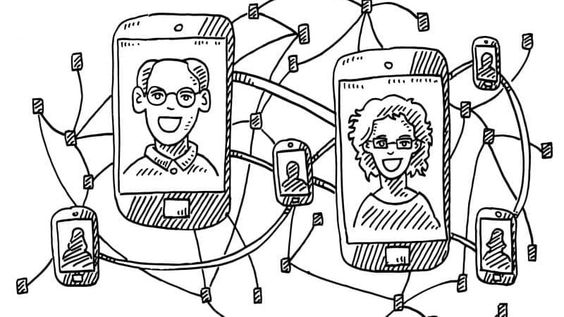In the digital age, schools and educational institutions must adapt to the online world, including social media platforms. While social media can be a powerful tool for communication and engagement, it also presents potential challenges and pitfalls. As a principal, it’s essential to have a solid plan in place to prevent and manage school social media disasters. This article will provide insights on how to handle potential crises effectively.
1. Establish Clear Guidelines for Social Media Usage
The first step is setting clear rules and expectations for staff, students, and the school community regarding their presence and interactions on social media platforms. Make sure all stakeholders are aware of those guidelines and consequences for any violations.
2. Train Staff and Faculty Members
Ensure that staff members are knowledgeable about responsible social media behavior. Invest in regular training sessions, including topics such as privacy concerns, cyberbullying prevention, online safety, and reputation management.
3. Monitor Social Media Activity
Stay up-to-date with what’s happening across your school’s social media channels by closely monitoring activity daily. Assign a specific individual or team responsible for monitoring your school’s online presence to ensure that any potential issues are identified promptly.
4. Respond Quickly to Negative Posts
When negative posts surface on social media – whether true or false – it’s essential to take control of the situation right away. Respond with factual information if necessary, or engage the user respectfully if misunderstandings arise.
5. Develop a Crisis Management Plan
Prepare in advance for potential social media disasters by developing a comprehensive crisis management plan that involves key members of staff and includes steps to mitigate the impact of problematic situations that may occur online.
6. Encourage Positive Online Behavior
Actively promote a positive digital culture within the school community by highlighting best practices and modeling respectful communication on your own social media accounts.
7. Utilize Privacy Settings
Ensure you utilize privacy settings provided by each platform effectively. Set your school’s social media accounts to private if you want to limit interactions and visibility, or adjust the settings accordingly to serve your needs better.
8. Communicate with Parents
Keep parents informed about the school’s social media policies and expectations. Involve them in fostering a positive digital atmosphere, which includes guiding their children on what constitutes appropriate online behavior.
9. Learn from Mistakes
If a social media disaster occurs, analyze the situation and relevant factors to avoid similar issues down the line. Use it as an opportunity to improve your crisis response plan and social media management strategies.
10. Stay Updated on Social Media Trends and Best Practices
Stay informed about the ever-changing world of social media by attending webinars, reading articles, or participating in professional development opportunities related to managing schools’ online presence effectively.
In conclusion, having a well-thought-out strategy for preventing and managing school social media disasters is imperative in today’s digital society. By implementing these guidelines – which include setting clear rules for usage, training staff members, monitoring activity closely, and promoting a positive digital culture – principals can help their school communities thrive online while mitigating potential crises.





